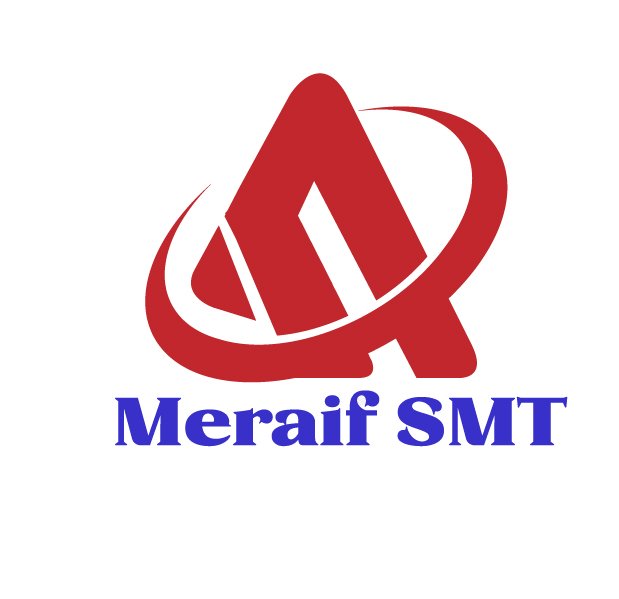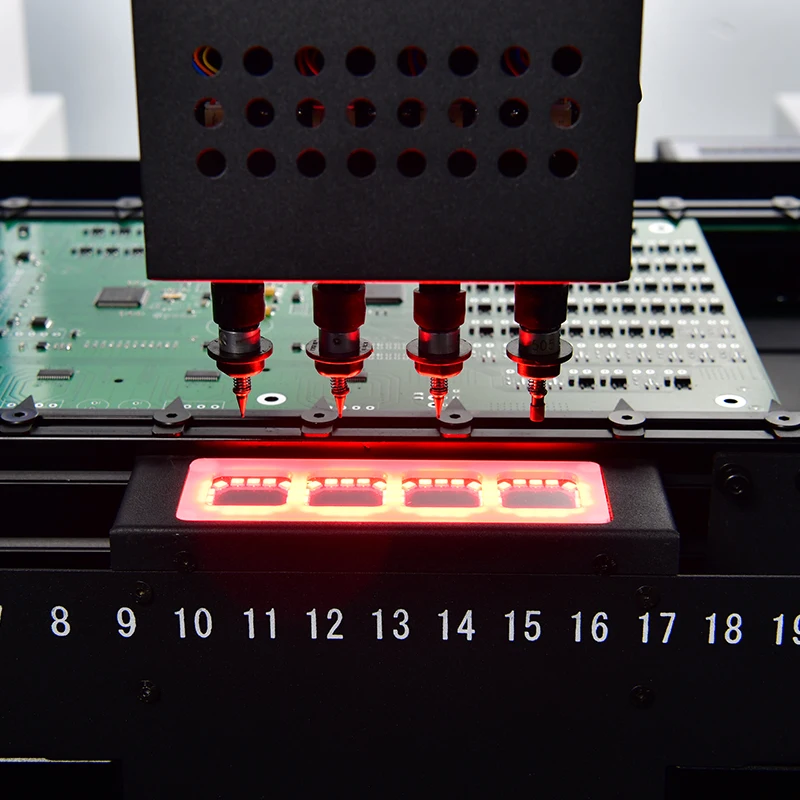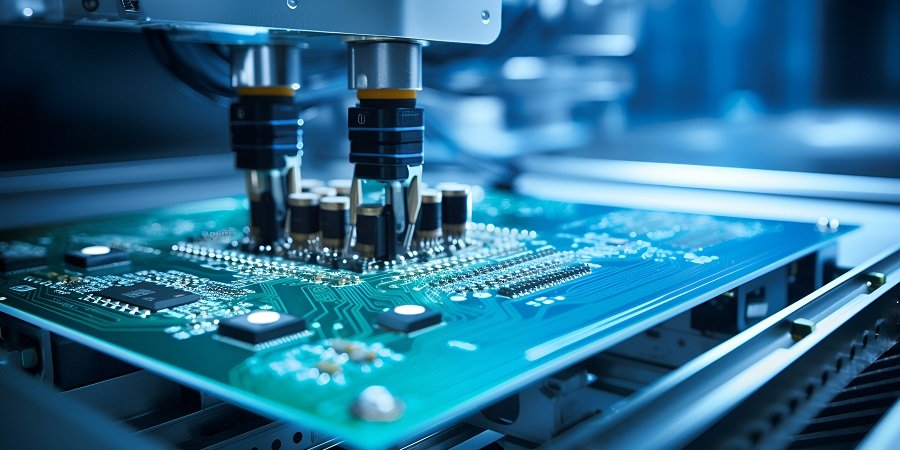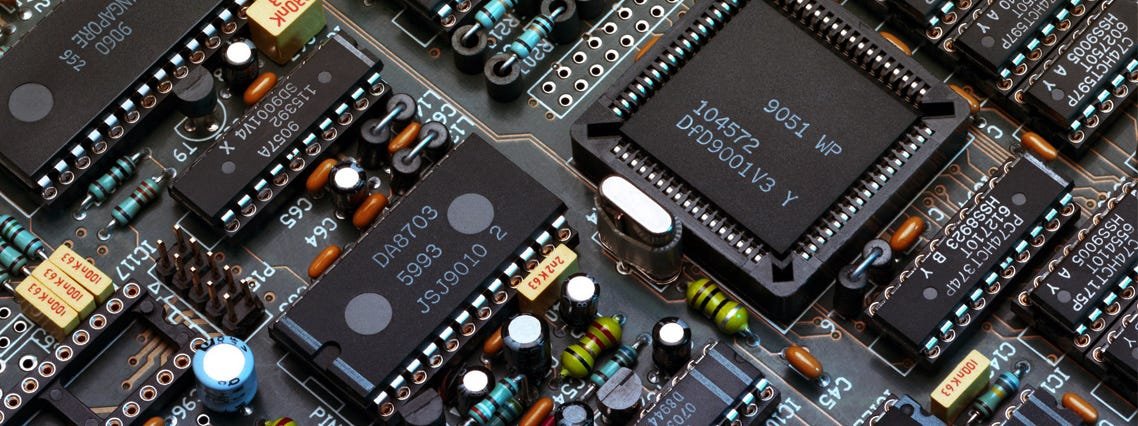
n the realm of electronics manufacturing, there are several methods used for attaching components to printed circuit boards (PCBs). Among the most common methods are Surface Mount Technology (SMT), Surface-Mounted Devices (SMD), and Through-Hole Technology (THT). Each of these technologies has its own advantages and disadvantages, making them more suitable for certain types of production, components, and applications. In this article, we will provide a detailed comparison of SMT, SMD, and THT, examining their pros and cons to help determine which method is most appropriate for specific manufacturing needs.
What is SMT? (Surface-Mount Technology)
Surface-Mount Technology (SMT) is a method of assembling electronic components directly onto the surface of a PCB, without the need for holes in the board. SMT components, also known as Surface-Mounted Devices (SMDs), are typically small and have leads or pads that sit flat on the surface of the PCB.
Key Characteristics of SMT:
Automation: SMT processes are highly automated, involving machines that pick, place, and solder components onto the PCB.
High Component Density: SMT allows for the placement of smaller components in a more compact arrangement, enabling high component density.
No Need for Drilled Holes: The components are mounted directly on the surface, reducing the need for drilling holes in the PCB.
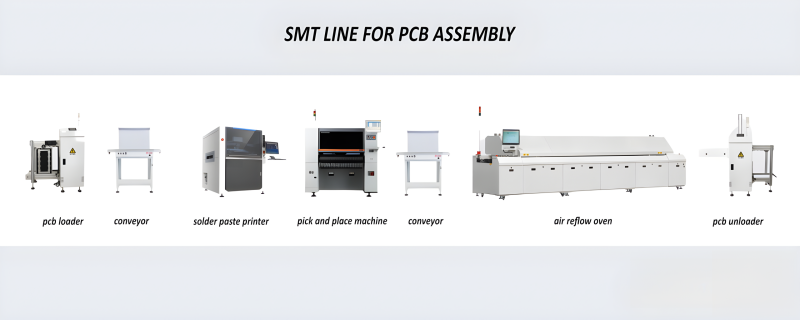
What is SMD? (Surface-Mounted Device)
Surface-Mounted Devices (SMDs) refer to the individual electronic components that are designed to be mounted directly onto the surface of a PCB using SMT. These components are available in a variety of sizes and types, such as resistors, capacitors, integrated circuits, and LEDs.
Key Characteristics of SMD:
Compact Size: SMDs are smaller than traditional through-hole components.
Flat Leads: They have flat leads that are designed to be soldered to the PCB surface.
Variety: SMDs come in many types, including passive components (e.g., resistors and capacitors) and active components (e.g., ICs and transistors).
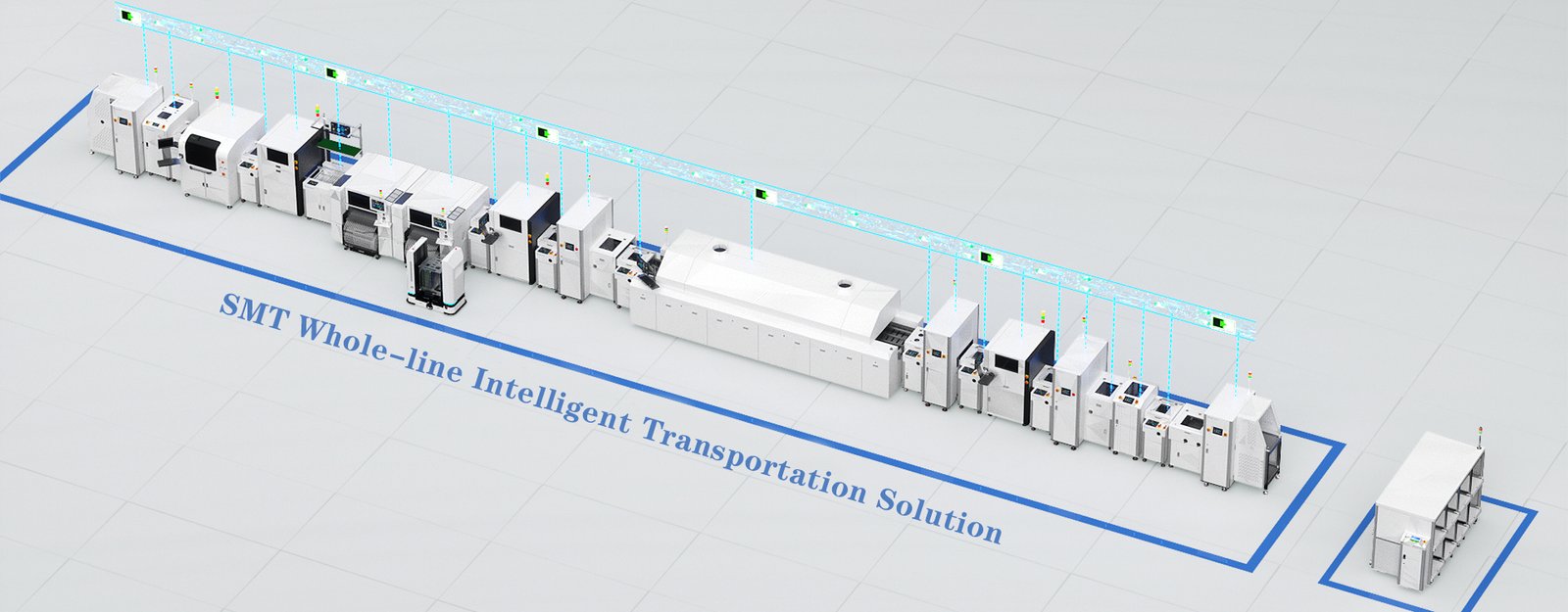
What is THT? (Through-Hole Technology)
Through-Hole Technology (THT) is a method of mounting components where leads are inserted into holes that are drilled through the PCB and then soldered on the opposite side. This technology is typically used for larger components, components that require high mechanical strength, or components that need to withstand more extreme environmental conditions.
Key Characteristics of THT:
Through-Holes: Components are inserted through holes in the PCB, making it suitable for larger, more robust components.
Manual or Semi-Automatic Assembly: While THT can be automated, it often requires more manual intervention, especially for smaller production runs.
Mechanical Strength: THT components are more secure in the board, making them ideal for applications that require high mechanical stress, such as in automotive or industrial equipment.
Comparison of SMT, SMD, and THT:
| Feature | SMT (Surface-Mount Technology) | SMD (Surface-Mounted Device) | THT (Through-Hole Technology) |
|---|
| Component Size | Small and compact, ideal for miniaturized designs. | Small components with flat leads. | Larger components with long leads. |
| Production Speed | High-speed, automated, ideal for mass production. | N/A (SMD refers to the component, not the process). | Slower, more labor-intensive process. |
| Component Density | High density, allowing more components to fit on the PCB. | N/A | Low density, larger spacing required. |
| Reliability | High for most applications, but components may be more prone to damage from mechanical stress. | Depends on the application; generally reliable. | Extremely reliable in harsh environments. |
| Cost Efficiency | Highly cost-effective for high-volume production. | N/A | More costly due to additional manual labor and drilling. |
| Assembly Process | Fully automated with pick-and-place machines. | N/A | Can be automated but often requires more manual labor. |
| Maintenance & Repairs | Components are difficult to repair manually due to their size. | Same as SMT; repair can be difficult without specialized tools. | Easier to repair, as leads are accessible. |
| Applications | Consumer electronics, telecommunications, medical devices. | Used in consumer electronics, automotive, and industrial applications. | Industrial, military, aerospace, and high-power electronics. |
| Mechanical Strength | Weaker mechanical strength compared to THT. | Same as SMT. | Strong mechanical connection, ideal for stress-prone environments. |
| Environmental Resistance | Can be susceptible to mechanical stress and environmental factors. | Same as SMT. | Better resistance to vibration, shock, and high temperatures. |
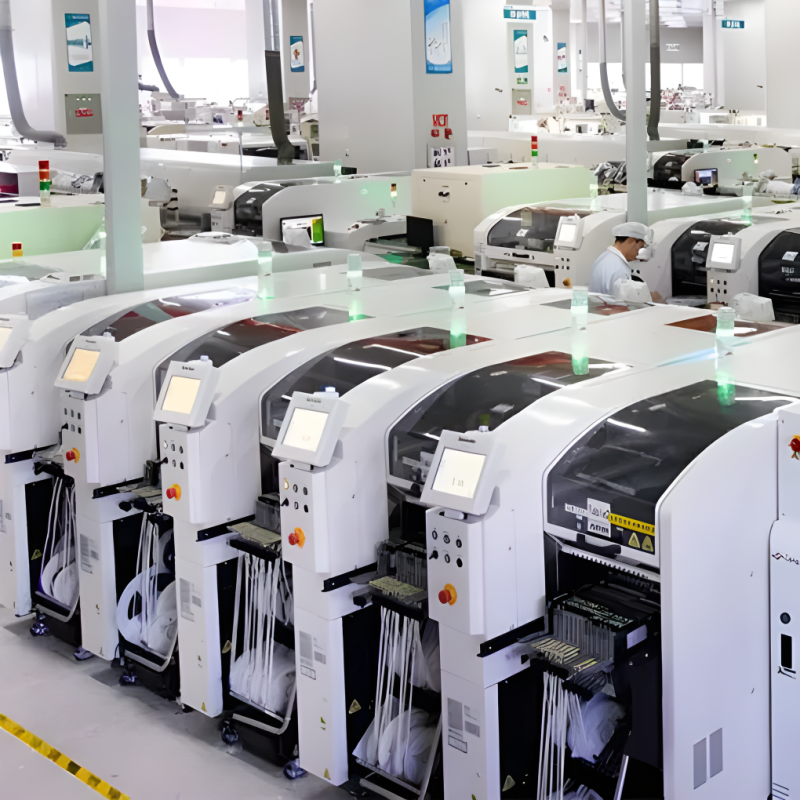
Advantages and Disadvantages of SMT
Advantages:
Higher Component Density: SMT allows for a higher number of components to be placed on a PCB, making it ideal for miniaturized electronic devices.
Faster Production: The automated nature of SMT makes it highly suitable for high-volume production, reducing labor costs and manufacturing time.
Cost-Effective for Mass Production: SMT is more cost-effective when producing large volumes due to reduced material costs and efficient assembly processes.
Better Performance: SMT components are smaller and lighter, allowing for better performance and efficiency in many modern electronics.
Disadvantages:
Mechanical Strength: SMT components tend to be less resistant to mechanical stress compared to THT components, which can be a drawback in rugged applications.
Difficult Repairs: Due to the small size of SMDs, repairs can be more challenging, requiring specialized tools and skills.
Advantages and Disadvantages of THT
Advantages:
Strong Mechanical Connection: THT components provide a more robust connection, which is ideal for products subjected to vibration or heavy mechanical stress.
Easier Repairs: THT components are easier to handle and repair, as the leads are more accessible and not as small as SMD leads.
Ideal for High-Power Components: THT is better suited for components that require higher power handling or that operate in harsh environments.
Disadvantages:
Lower Component Density: THT components require more space on the PCB, which limits the number of components that can be placed.
Slower Assembly: The assembly process is slower, especially for small batches, as it often requires manual insertion of components and additional soldering.
Higher Cost: THT is generally more expensive than SMT, as it requires more labor and drilling in the PCB.
Conclusion
Choosing between SMT, SMD, and THT depends on the specific needs of the product and the production process. SMT and SMD are ideal for high-volume, compact, and high-performance electronics, offering advantages in speed, cost, and component density. However, THT remains essential for applications requiring stronger mechanical connections and greater reliability in harsh conditions, such as industrial and aerospace sectors.
For modern electronics manufacturers, the decision to use SMT, SMD, or THT will depend on factors such as the size and complexity of the components, the mechanical demands of the product, and the production volume. By understanding the strengths and weaknesses of each technology, manufacturers can make informed decisions to optimize their assembly processes and meet product requirements effectively.

